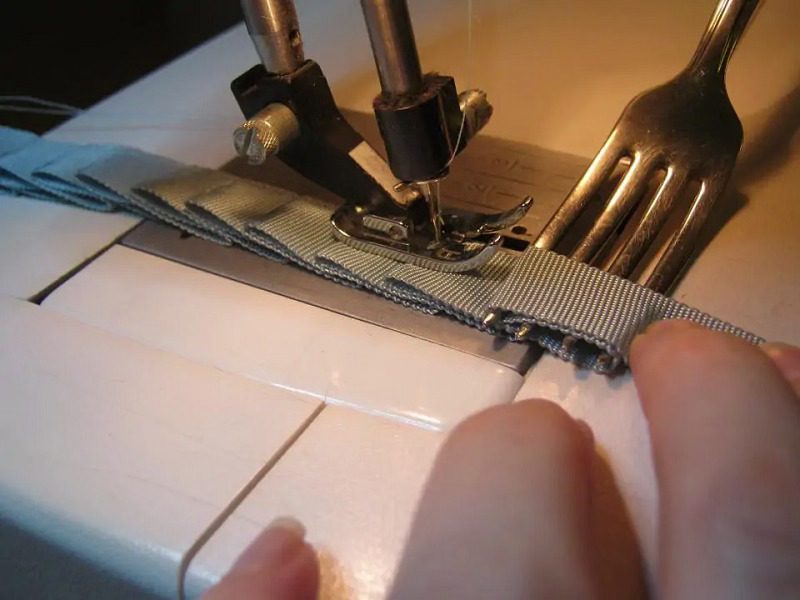Sewing is a valuable skill, but not many people know how to work with different fabrics, threads, and needles. Whether you’re self-taught or practicing a skill that’s been passed down in your family for generations, learning new tricks to make your sewing work easier will help enhance your already coveted skillset. Don’t worry about struggling with tangled threads or uneven stitching because we have tips, tricks, and hacks to make every aspect of sewing a breeze. We’ll walk you through the basics of keeping your tools in tip-top shape and explain some secrets of the trade that will make your work significantly easier and more productive. Get ready to take some notes because we’re going to dive right in!
Use Muslin Cloths for Slippery Fabrics

Working with slippery fabrics is one of the most difficult tasks for people working on a sewing project. It’s difficult to make a straight cut when there’s no friction between your scissors and the fabric. An excellent solution is to place a muslin cloth beneath your fabric. Pin the fabrics together to make sure there’s no margin for error, and then cut out your design. This will make it so much easier to cut your slippery fabrics without all the stress.








































